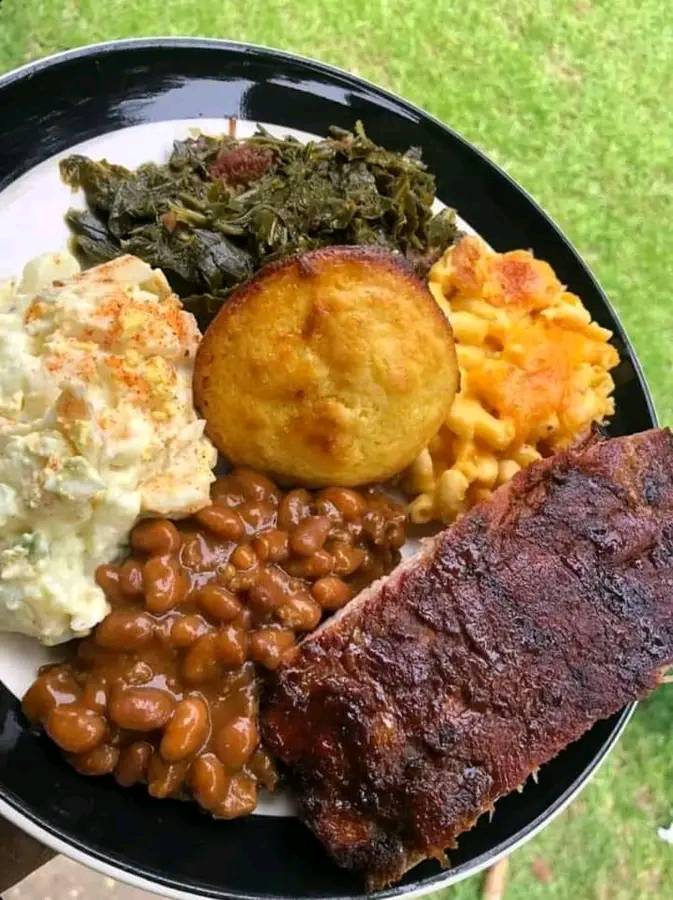Choosing a rib roast with or without the bone depends on your preferences, cooking method, and the overall dining experience you desire. Here are some factors to consider:
1. Flavor:
- Bone-in: Many people believe that cooking meat with the bone enhances the flavor. The bone can add richness and depth to the taste of the roast.
- Boneless: While bone-in cuts may provide extra flavor, boneless roasts are often easier to carve and serve. The absence of bone can make it simpler to achieve uniform slices.
2. Cooking Time:
- Bone-in: Roasting meat with the bone can affect cooking times. The bone acts as an insulator and can slow down the cooking process, potentially requiring a bit more time.
- Boneless: Boneless roasts typically have more consistent cooking times and may cook slightly faster than bone-in cuts.
3. Presentation:
